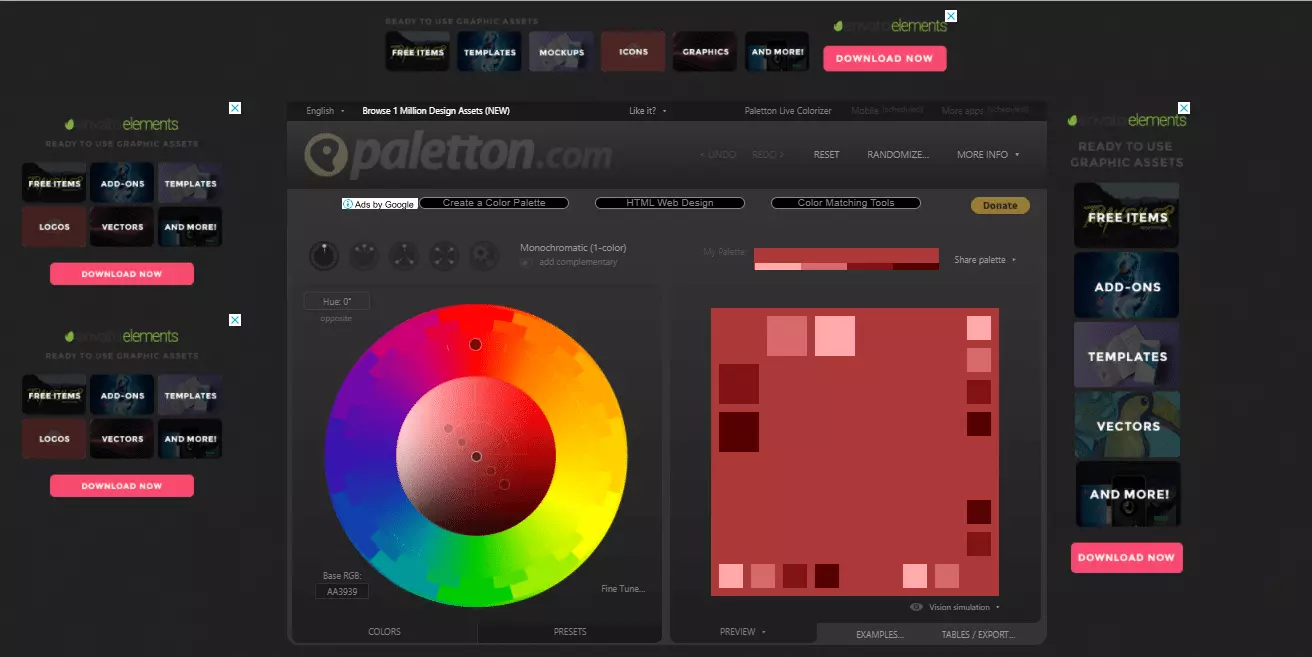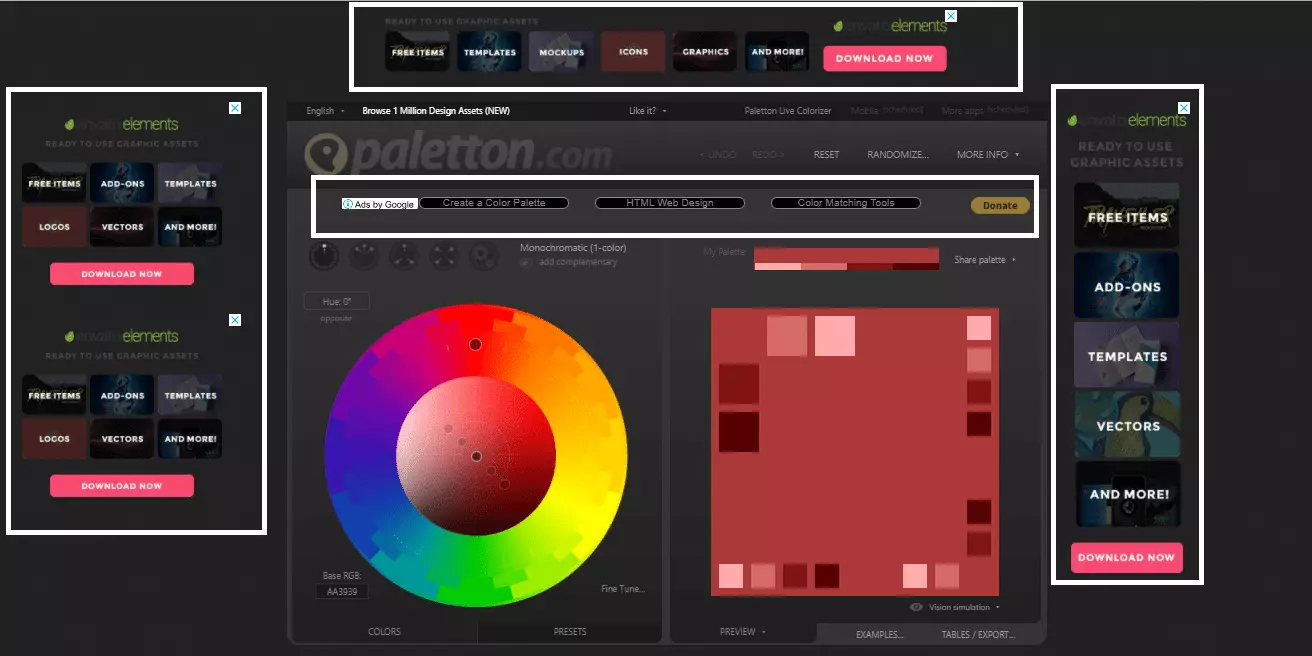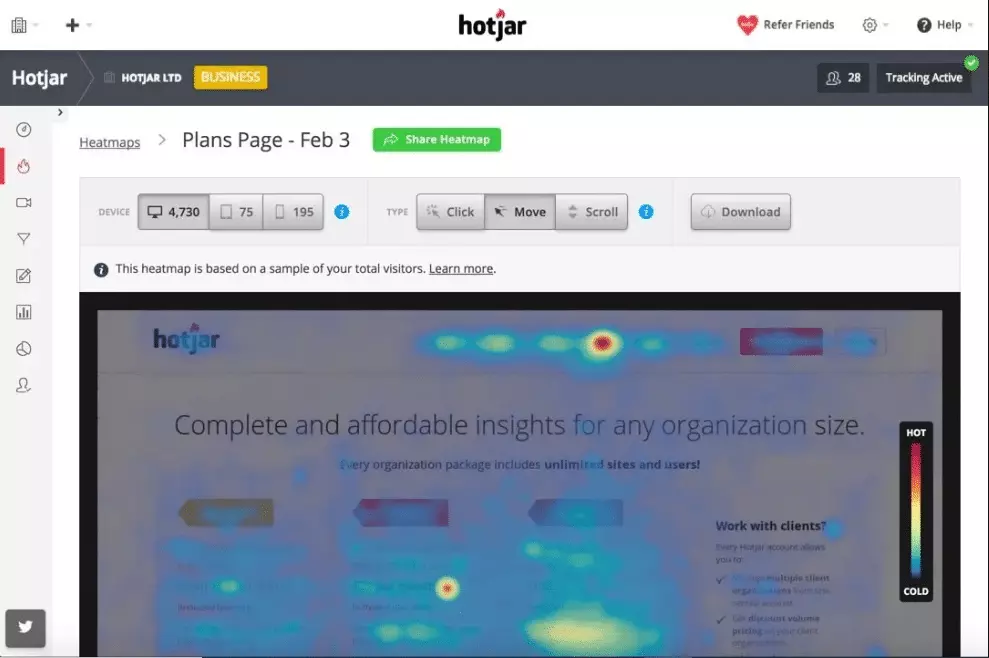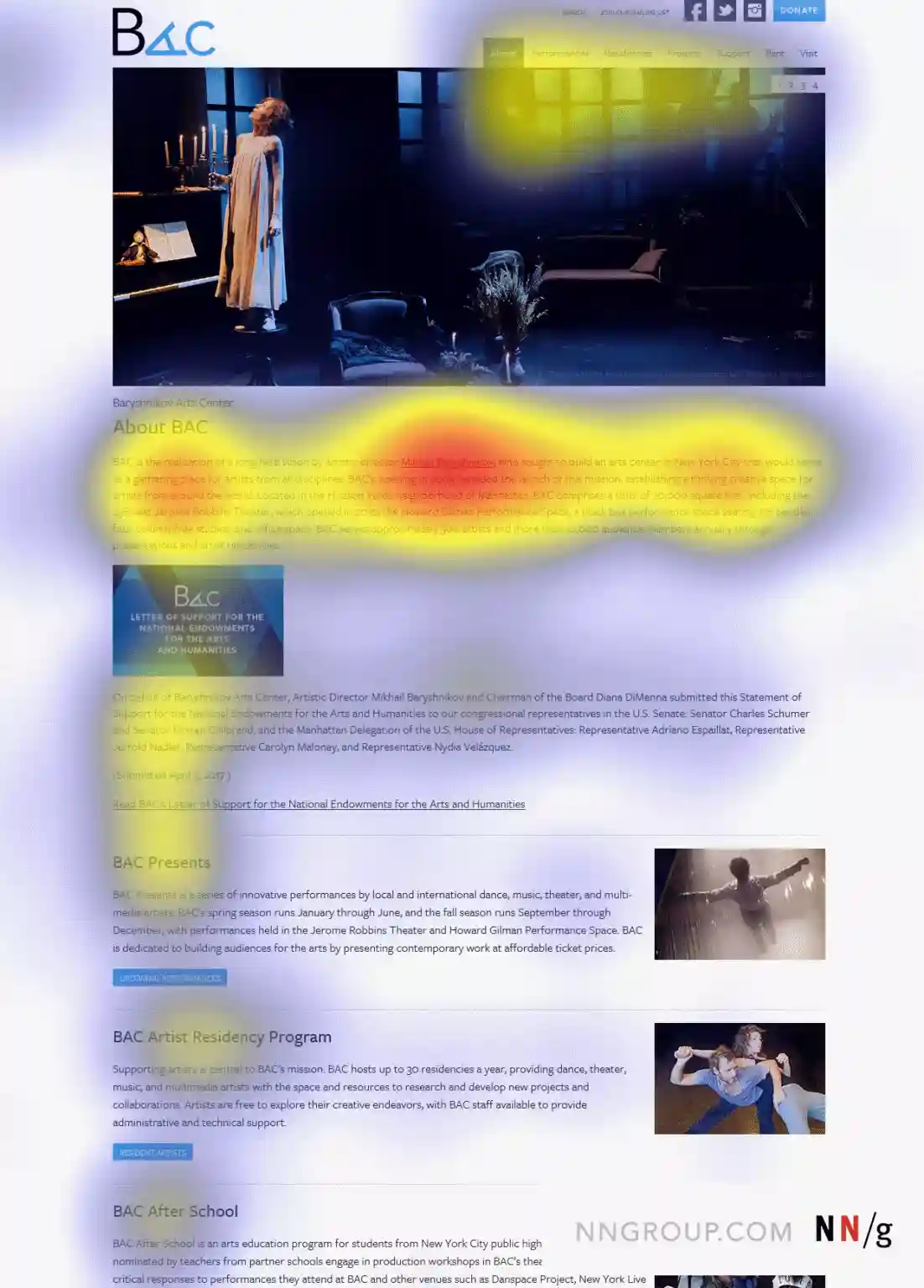As CTR increases, the overall revenue follows suit. The weightage of CTR supersedes every metric when you are in a CPC model. But the current state of CTR with banner ads is so awful that you’ll hardly find publishers happy. So how can you increase banner ads CTR?
Table of Contents
How to Improve CTR for Banner Ads?
As we all know, increasing CTR (click-through rate) can significantly impact ad revenue. However, it’s important to remember that improving CTR should not come at the expense of a good user experience. Instead, publishers should aim to find strategies that improve CTR and enhance the user experience. Here are a few to consider:
Try Native Ads
The science behind native ads is very simple. They sit inside the content and fit naturally with their surrounding elements. So, when a user is attentively consuming the information on your site and comes across a native ad, the ad enjoys a similar amount of attention.
Here’s an example from Palleton, a utility site. Can you distinguish the ads from the tool? They blend so perfectly that a user will observe them. They’ll also be clicked if they’re the right ads.

Can’t see the ads? Let us show them to you. The part of the image outlined with white color is the ads.

Refer to our articles about setting up native ads with Prebid and Google Ad Manager to know how to implement them with your current header bidding setup.
Adjust Your Targeting
No matter how indistinguishable an ad is, the user won’t click it until it is irrelevant. The relevancy of the ad increases when it is targeted. Targeting can be based on user behavior (behavioral targeting) or context (contextual targeting).
Contextual: In our example above, creative professionals who deal with graphical elements use the tool provided on the website. The ads around the tool are also from a website catering to the same audience.
Such contextual relevance can be achieved when running a direct campaign with an advertiser from the same niche as yours. While running a direct campaign, choose the right line items (preferably Sponsorship) to deliver the creatives as per the client’s requirement.
Behavioral: Behavioral targeting is best for every kind of demand, whether direct, PMP, open market, or any other programmatic source; it’ll always work. It can be more efficient when the bidders can get all the needed data points about the user. You have key-value targeting options in GAM, bidder params in Prebid, DMPs, first-party data, Universal IDs, and many tools to take your behavioral targeting to the next level.
Leverage Heatmaps and Analytics Tools to Study User Behavior
Heatmaps are yet another way to increase banner ads ctr. We have already mentioned this method in our post about the data-driven approach to finding the best ad placements. There are tools like Hotjar to see the user behavior on your site.
You can check your audience’s mouse movements and clicks through heat maps. The areas with high-temperature colors show intense mouse activity. You can observe the patterns derived from multiple visitors and place the ads in the most appropriate places.

The biggest advantage of this method is that your decisions are based on data derived from your own visitors. So the results will be best suited for you. We recommend reading the full article for other approaches for your placement strategy.
Related Read: Ways to Minimize Ad Impression Discrepancy
Machine Learning
Almost every industry is using Machine Learning for its advancement, Ad Tech is one of them. Tools based on machine learning collect and process data continuously and predict the best solutions based on the findings. Constant observation and unbiased prediction is a little difficult task for humans, that’s why ML is being used almost everywhere.
Google provides Auto Ads that can place your ads where they are likely to perform the best. It decides the placements with Machine Learning. You can find many other tech companies that use ML to place highly viewable ads. While we were studying The Verge, we saw how it uses a tool called Hymnal to optimize ads dynamically based on user interaction. Similarly, Bidalgo builds creatives based on the collected data.
What we suggest is to try such algorithm-based tools to build creatives, to choose placements, or any other purpose related to ad serving. Give them some time to come up with the best outcomes. Then compare the results with your past data. If your CTR improves, keep them, else you always have the option to go back.
Focus on how you can reduce banner blindness
Internet users have developed the habit of ignoring any content that can potentially be an ad. This habit is called banner blindness. In 2012, only 14% of users remembered the last ad they saw online, and 35% of the users clicked less than five ads in a month. When an ad, or any other form of content, won’t be seen by the user, then the CTR will naturally decline.

In their eye-tracking experiment for banner-blindness, NN Group found that people also ignore ads if they appear different from the site content. Refer to the image above, the traits that made the ad strike out from the content were:
“Small, rectangular shape in the middle of text
Fancy formatting
Colored (blue) background against the white page
Text embedded in the image”
The users will also ignore the ads when they appear at typical ad spots.
So what’s the solution? Based on what we know about banner blindness, we can take some measures to minimize it:
- Try placing ads at unconventional spots.
- Blend ads with content with native ads.
- The graphics used in the ads should be attractive. This factor may not be in your control in the case of programmatic ads, but you can surely manage it when you are dealing directly with the advertiser.
- Use sticky ads.
- Use formats like scroller ads in mobile to attract the user’s attention.
- Use clear CTA in the banner’s message in case of direct campaigns.
- Use A/B testing tools to choose the best ads.
Mobile-first Approach
Mobile has a smaller screen area where the user’s attention is concentrated. As a result, mobile has a higher CTR than Desktop. Mobile inventory becomes even more valuable and the ads can be more relevant when the location data is shared with the SSP’s. So, it’s better to have a mobile-first strategy to increase the overall CTR of your site.
Why does ad Placement Affect the CTR?
The more your ad is relevant and visible, the chances of users viewing and clicking on the ad — increases. So, place the banner ad to the right users (audience targeting) at the right placement (where your user engagement tends to be higher).
What’s Next?
Thriving to increase ctr for banner ads is important, but you should make sure that you are not violating any policies while doing so. Stay aware of what’s allowed and what is not. Our posts on Google’s Ad Experience Report and Better & Acceptable Ads Standards will help you.























